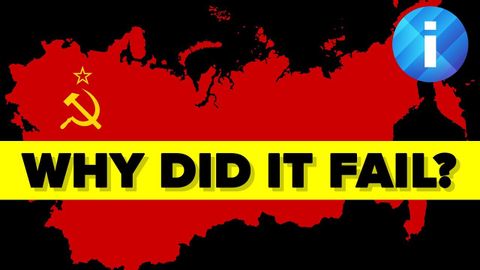【英語で歴史】ソビエト連邦が崩壊した理由とは?
Misaki が 2022 年 10 月 17 日 に投稿  この条件に一致する単語はありません
この条件に一致する単語はありませんUS /ˈɛpɪˌsod/
・
UK /'epɪsəʊd/
US /ɪˈnɪʃətɪv/
・
UK /ɪ'nɪʃətɪv/
- n. (c./u.)自発力;新たな計画;自発性;第一歩;発議
- n. (c./u.)(社会的)上層階級;権力を持つ人;えり抜きの人々;精鋭;エリート;(印刷)小型活字
- adj.(社会的)上層階級;権力を持つ人;精鋭な
- v.t./i.好む : ~したい気がする;想像する、空想する;想像した、空想した
- adj.派手な : 装飾的な : しゃれた
エネルギーを使用
すべての単語を解除
発音・解説・フィルター機能を解除
